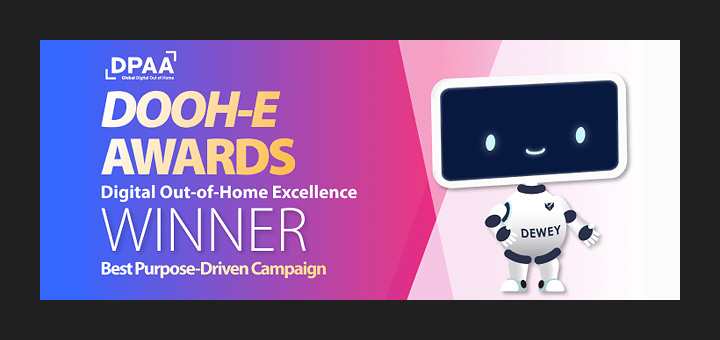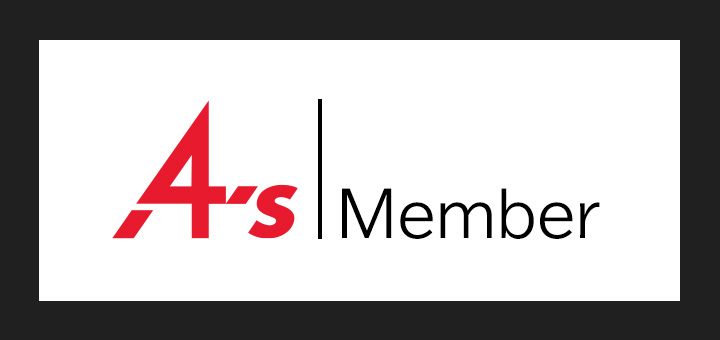Don’t Go Dark On Advertising During Election Season, New Research Suggests
By Alyssa Boyle
Politics are inherently controversial, and during an election season, viewers get fatigued and frustrated by the ceaseless parade of combative political ads. This causes some brands to halt brand product launches or reduce brand spending during contentious election years.
TV and video measurement provider iSpot is fielding a lot of election season concerns from buyers, as political ad spend increases in the weeks leading up to the 2024 presidential election.
American politics are especially divisive right now, and it’s a potentially riskier time to advertise, says Karen Daboll, analyst of ad creative effectiveness at iSpot.
To answer these questions and concerns from buyers, iSpot ran a survey with more than 24,000 consumers modeled to be representative of US population demographics.
And now the results are in.
How do viewers feel about ads during political cycles?
According to the survey, 23% of Americans say they’re annoyed by political ads, but their annoyance doesn’t carry over to brand ads that surround political campaigns. In contrast, 15% reported increased annoyance with all ads when political campaigns are running, and 10% said they trust brand messaging less when political ads are also present.
Those numbers shouldn’t scare brands into pausing their campaigns just because it’s election season, according to the report. There will always be “ad haters” – 19% of survey respondents reported a distaste for advertising in general – but this proportion of self-identified ad haters has been consistent for years, both in and out of political cycles. The report specifically compares the current election season with the three-month period preceding the 2016 and 2020 elections.
The research also suggests some viewers are actually more receptive to seeing nonpolitical ads during election season.
In fact, 37% of respondents say the presence of political ads makes them pay more attention to the other ads they’re seeing.
In other words, political ads don’t contaminate subsequent ads for consumers. This feared contamination effect “isn’t something brands and agencies need to be overly concerned with,” Daboll says.
The iSpot research was also corroborated by an independent University of Wisconsin-Milwaukee study that used iSpot’s ad occurrence data. Their conclusion: Political ads do not negatively impact the ads that follow.
What’s next for advertisers?
So far, iSpot’s study is garnering positive feedback from buyers, Daboll says. Although it’s not quite clear how advertisers plan to put this research into action between now and November.
Some agency execs, however, say they plan to advise brands to continue advertising leading up to the election, but to do so carefully.
“We do not advise pausing or slowing down [campaigns],” says Paul DeJarnatt, VP and head of digital at the indie media buying agency Novus Media. “But we do advise our clients [to] be vigilant.”
Political advertisers bid competitively in swing states during the weeks leading up to the election, for example, which creates inventory scarcity and drives up ad prices, DeJarnatt says. As a result, brands must be cautious with how they strategize their media planning, in addition to putting extra care and oversight into creative and messaging.
For example, according to the University of Wisconsin-Milwaukee study, viewers were more likely to pay attention to commercials following political ads if those commercials were particularly funny.
But this apparent receptiveness to nonpolitical ads “doesn’t mean every ad is safe,” Daboll says. “You still have to be smart about what you’re saying and how you’re saying it.”
In other words, brands need to tread especially carefully when broaching topics that are subjects of debate or even controversy, such as environmentalism or the ethical implications of generative AI.
In America, Daboll says, “this is a time of heightened sensitivity.”
Read More




